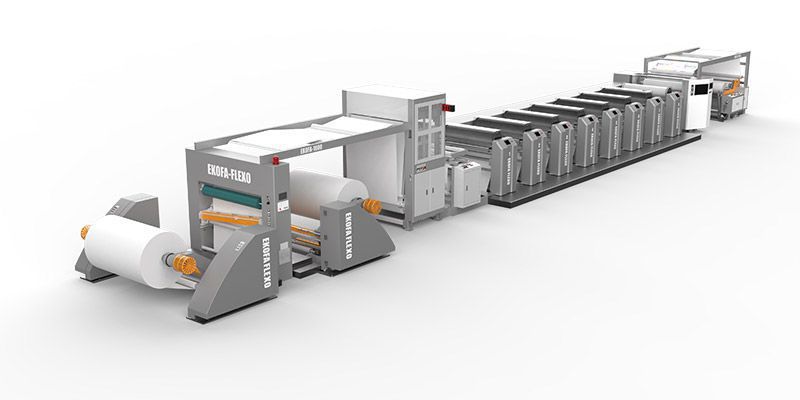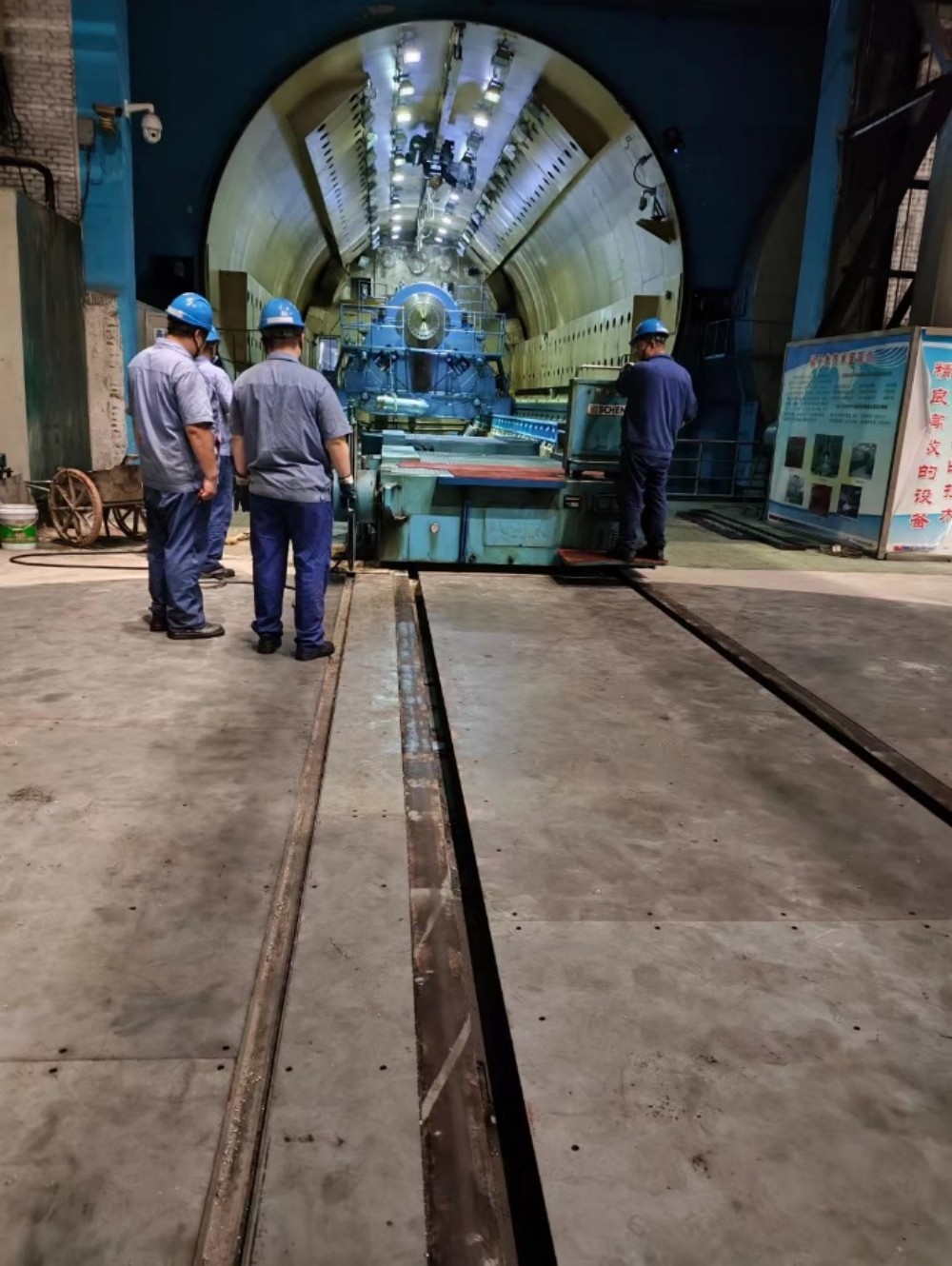
Printing has come a long way since the invention of the printing press in the 15th century. Today, there are various types of printing methods available, each with its own advantages and disadvantages. However, one type of printing that has stood the test of time and remains the most common is offset printing.
Offset printing is a printing technique where ink is transferred from a plate to a rubber blanket, then to the printing surface. It is called "offset" because the ink is not directly transferred to the paper, but instead is offset onto the rubber blanket before being transferred to the paper. This method is used for printing on a variety of materials, including paper, cardboard, and plastic.
One of the main advantages of offset printing is its high quality. The images produced are sharp, clear, and have a consistent color. This is because the ink is evenly distributed across the printing surface, resulting in a uniform print quality. Additionally, offset printing is ideal for large print runs, as it is cost-effective and efficient.
Another advantage of offset printing is its versatility. It can be used to print a wide range of materials, including books, magazines, brochures, and packaging. It can also be used to print on a variety of paper stocks, including coated, uncoated, and specialty papers.
However, there are also some disadvantages to offset printing. One of the main drawbacks is the setup time required. Offset printing requires the creation of printing plates, which can be time-consuming and expensive. Additionally, the printing process itself can be slow, especially for large print runs.
Despite these drawbacks, offset printing remains the most common type of printing for a reason. Its high quality, versatility, and cost-effectiveness make it an ideal choice for many printing projects.
In conclusion, offset printing is the most common type of printing for a reason. Its high quality, versatility, and cost-effectiveness make it an ideal choice for many printing projects. While there are some drawbacks to offset printing, its advantages far outweigh them. As technology continues to advance, it will be interesting to see how offset printing evolves to meet the changing needs of the printing industry.





